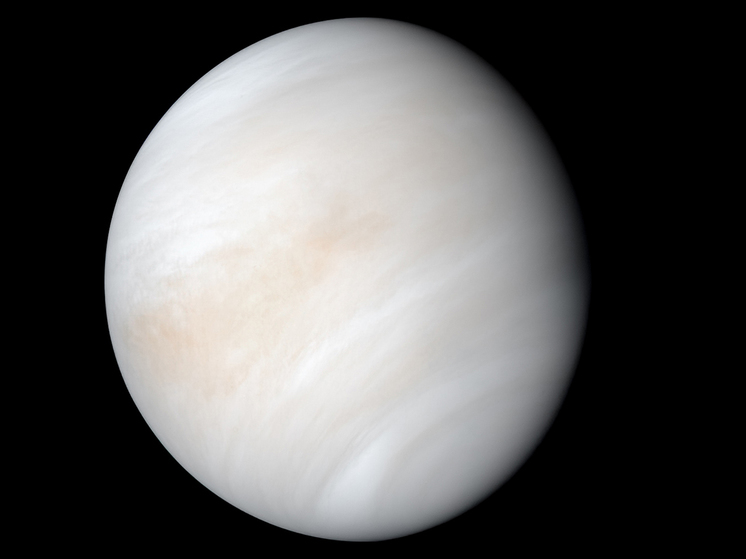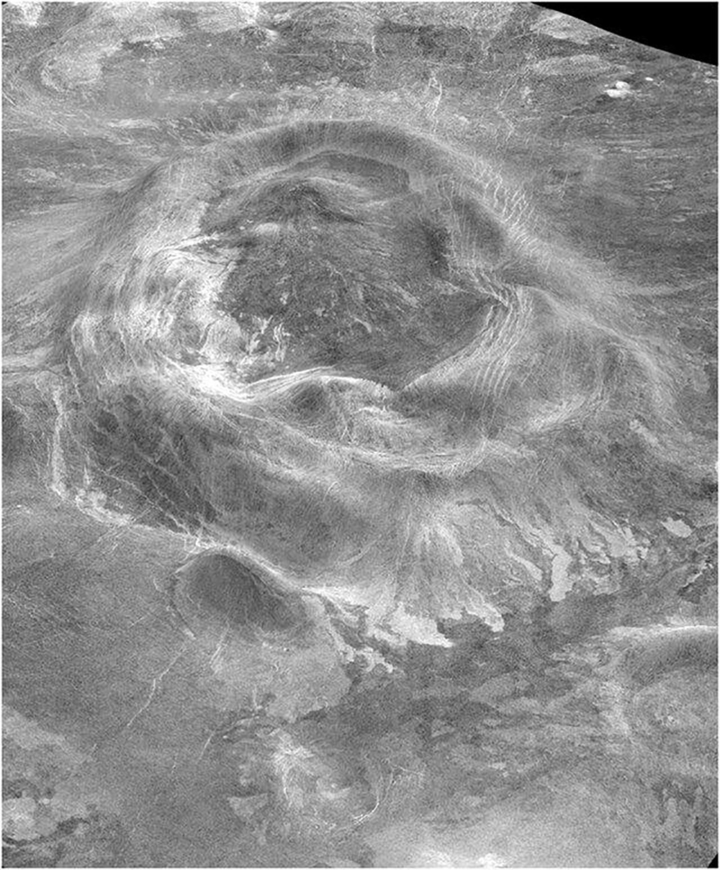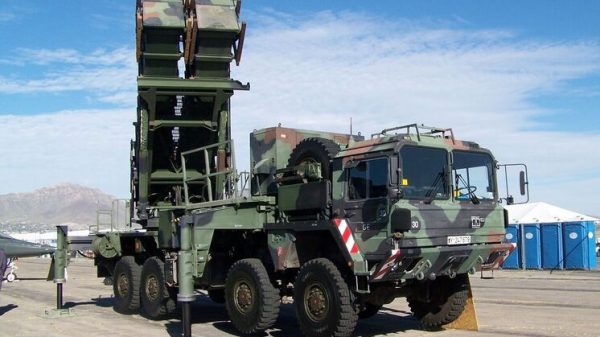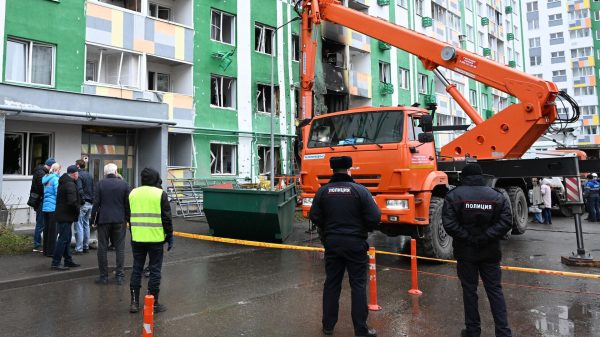They analyzed the landforms of Earth's «twin»
Venus is a volcanically active planet, but the rate of its volcanism has been declining over the past 500 million years. This conclusion was reached by scientists from the Institute of Geochemistry and Analytical Chemistry named after. IN AND. Vernadsky RAS (GEOKHI). They assumed this decrease in rate based on estimates of the volcanic activity of the “long-lived” relief structures of the planet. The results of the study, which was carried out with the support of the Ministry of Education and Science of the Russian Federation, were published in the journal Solar System Research.

There are crowns on Venus — this is what experts call rounded relief structures with a ring frame (crown) and volcanic plains in the inner part. The diameter of the crowns can reach 2500 kilometers, and their age can be hundreds of millions of years. There are no such geological complexes on any more or less studied planet. Experts suggest that these structures have a long history of development and are surface manifestations of the so-called diapirs — ascending masses of hot mantle material that rises to the surface of the lithosphere and form rounded dome-like rises on the surface of Venus. Over time, these uplifts subside in the relief and depressions form.
These landforms were first discovered from radar images of the surface of Venus obtained from the Venera-15 and Venera-16 spacecraft in the 1980s. Modern studies of the planet are based on mapping radar images of the surface obtained as a result of the expedition of the American interplanetary station Magellan, which operated in orbit in the early 1990s. Based on the materials of this expedition, several hundred crowns were studied, classified and cataloged, which scientists use in their work.
In some cases, lobate plains are associated with crowns. These are the youngest volcanic nappes on Venus, formed by the coalescence of many separate lava flows from different sources, such as large volcanoes, rift zones and coronas. The prevalence of these plains and their connection with the crowns allowed researchers to uncover the mystery of the planet’s evolution and determine the time and rate of its volcanic activity.
 Aruru crown, diameter 450 km, radar image of the Magellan spacecraft
Aruru crown, diameter 450 km, radar image of the Magellan spacecraft
“We found that only about 17% (90 out of 532) of all Venusian coronas are the source of volcanic lavas, forming young lobate plains,” says senior researcher at the Laboratory of Comparative Planetology of the Geochemical Institute of the Russian Academy of Sciences, Candidate of Geological and Mineralogical Sciences Evgenia GUSEVA. – The small proportion of such coronas reflects a decrease in the rate of diapir formation over time.
We assume that, in general, the rate of volcanic activity on Venus has decreased over the past 500 million years (during the so-called Atlian period of the planet’s geological history).
According to Guseva, data on the location on The surface (and productivity) of volcanically active coronas can be used to plan future expeditions to explore the surface of Venus.






















































Свежие комментарии